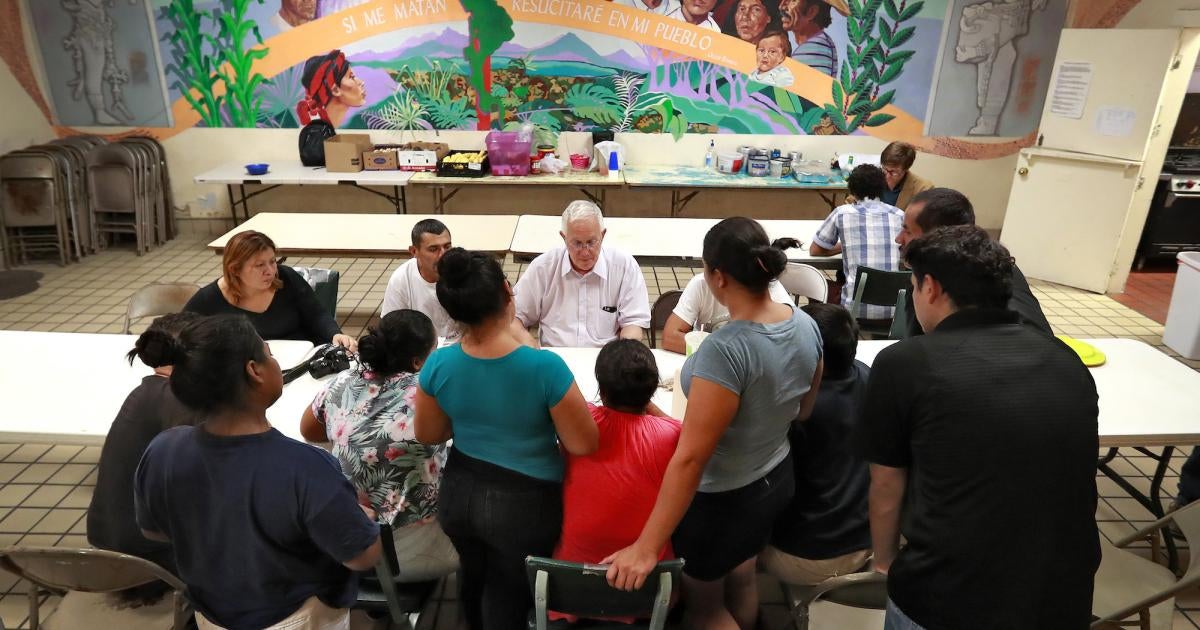The end of the Title 42 policy on May 11 has created a media frenzy and narrative of chaos at the United States’ southern border. The truth is the Biden administration, which had more than two years to prepare for this moment, chose not to invest in a humane, rights-respecting process at the border. Instead, his administration chose to weaken US asylum laws and violate the rights of people seeking protection.
Under Biden’s post-Title 42 policies, asylum seekers’ access to safety depends entirely on their ability to secure one of an extremely limited number of appointments available exclusively through a phone app inaccessible to many and rife with faults. Those who enter irregularly will be subject to expedited removal. People who transit through third countries without requesting asylum there will be unfairly barred from asylum in the US. The new rule will speed up credible fear interviews while people are locked up.
These circumstances mean it will be nearly impossible for people to find safety or reunite with family in the US.
Most concerning is that those unable to get appointments will likely end up crossing remote and dangerous border regions. Last year, a record number of more than 850 migrant remains were found in these areas. Under Biden’s policies, the number of people dying, including women and children, will likely grow.
Things could have been different. For a fraction of the billions of dollars spent on militarizing the border, the administration could have created rights-respecting reception centers at or near border stations staffed by asylum officers, trauma specialists, health professionals, child welfare specialists, and more.
The Biden administration could follow the inspiring example of civil society and faith groups who run a network of efficiently managed shelters along the US-Mexico border. They receive asylum seekers and migrants, providing food, shelter, health assessments, and transportation arrangements so people can reunite with family or supporting communities and wait for their immigration hearings in the US.
There is no need for deaths or masses of people gathering at the border. No need for panic. A solution exists.
Whatever “crisis” might unfold over the coming weeks, the public and politicians should know that the administration had – and still has – another option: invest in creating a humane solution and in the networks of national and local shelters. Collaboration between government and civil society, with the right policies and resources behind it, can achieve the order and sense of community that all residents of the border, including newly arriving migrants, deserve.



